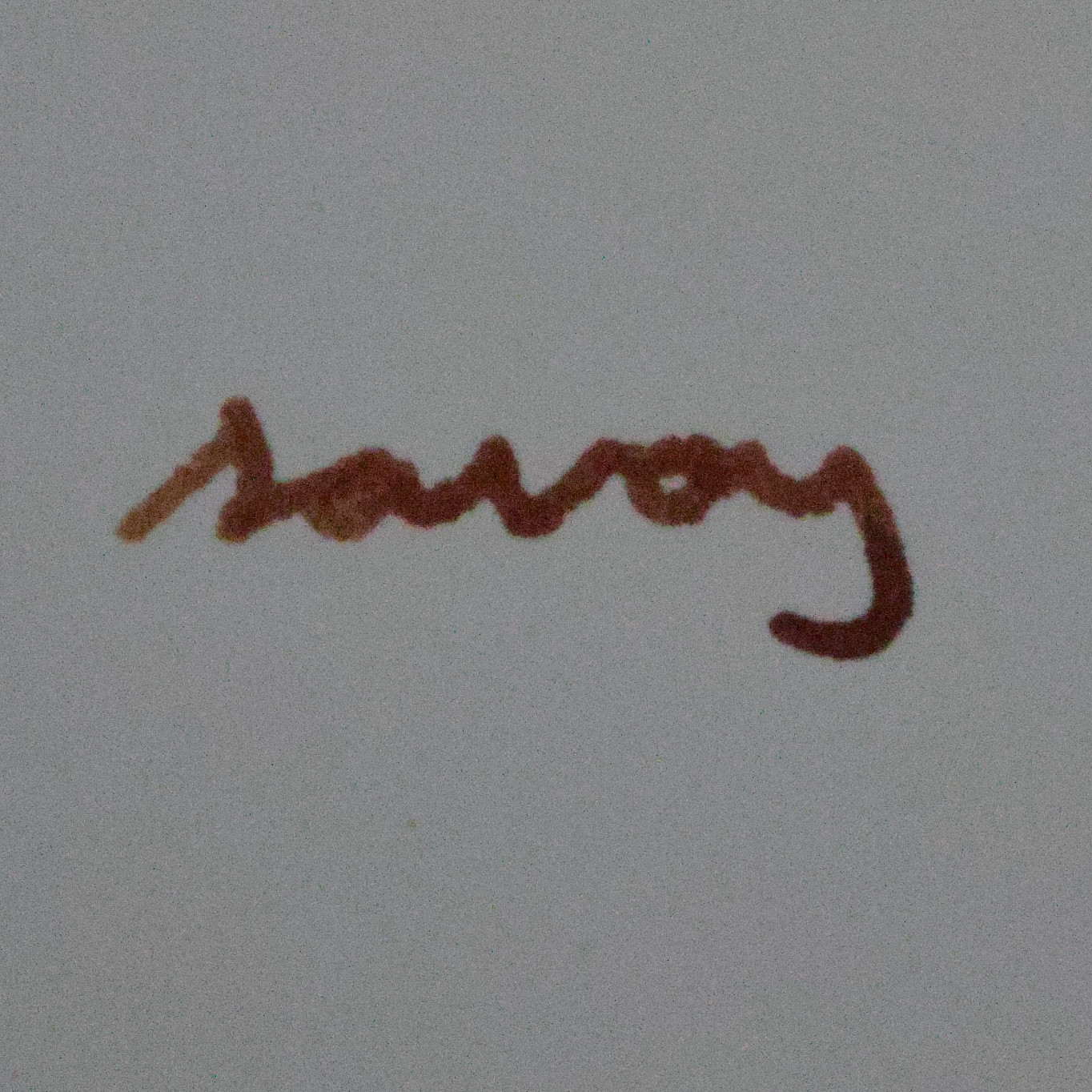I see many posts asking about what other lemmings are hosting, but I’m curious about your backups.
I’m using duplicity myself, but I’m considering switching to borgbackup when 2.0 is stable. I’ve had some problems with duplicity. Mainly the initial sync took incredibly long and once a few directories got corrupted (could not get decrypted by gpg anymore).
I run a daily incremental backup and send the encrypted diffs to a cloud storage box. I also use SyncThing to share some files between my phone and other devices, so those get picked up by duplicity on those devices.
What’s my what lmao?
🤞
Are cyanide tablets a backup strategy?
Can anyone ELI5 or link a decent reference? I’m pretty new to self hosting and now that I’ve finally got most of my services running the way I want, I live in constant fear of my system crashing
Personal files: Syncthing between all devices and a TrueNAS Scale NAS. TrueNAS does snapshots 4 times a day, with a retention policy of 30 days. From there, a nightly sync to Backblaze B2 happens, also with a 30 day retention policy. Occasional manual backups to external drives too.
Homelab/Servers: Proxmox VM and LXC container exports nightly to TrueNAS, with a retention policy of 7 days. A separate weekly export happens to a separate TrueNAS share, that gets synced to B2 weekly, with a retention policy of 30 says. Also has occasional external drive backups.
I usually write my own scripts with
rsyncfor backups since I already have my OS installs pretty much automated also with scripts.Highly recommend borgbackup, I’ve been using it for years and it’s always been smooth
I have an external hard drive that I keep in the car. I bring it in once a month and sync it with the server. The data partition is encrypted so that even if it were to get stolen, the data itself is safe.
I have a similar 321 strategy without using someone else’s server and needing to traverse the internet. I keep my drive in the pool shed, since if my house was to blow up or get robbed, the shed would probably be fine.
Am I the only one using kopia :)?
Im quite new in selfohsting and backups. I went for duplicaty and it is perfect, but heared bad stories and now I use kopia daily backups to another drive and also to B2. Duplicaty is still doing daily backups, but only few important folders to google drive.
Ive heared only good stories about kopia and no one mentioned it
there are dozens of us, dozens!
All nextcloud data gets mirrored with rsync to a second drive, so it’s in 3 places, original source and twice on the server
Databases are backed up nightly by webmin to second drive
Then installations, databases etc are sent to backblaze storage with duplicati
For PCs, Daily incremental backups to local storage, daily syncs to my main unRAID server, and weekly off-site copies to a raspberry pi with a large external HDD running at a family member’s place. The unRAID server itself has it’s config backed up to the unRAID servers and all the local docker stores also to the off-site pi. The most important stuff (pictures, recovery phrases, etc) is further backed up in Google drive.
I use a Backuppc instance hosted on an off site server with a 1Tb drive. It connects through ssh to all my vms and backups /home and any other folders i may need. It handles full and incremental backups, deduplication, and compression.
Restic using resticprofile for scheduling and configuring it. I do frequent backups to my NAS and have a second schedule that pushes to Backblaze B2.
Another +1 for restic. To simplify the backup I am however using https://autorestic.vercel.app/, which is triggered from systemd timers for automated backups.
I back up my home folder to an encrypted drive once a week using rsync, then I create a tarball, encrypt it, and upload it to protondrive just in case.
I use Borgbackup 1.2.x. It works really well. Significantly faster than Duplicity. Borg uses block-level deduplication instead of doing incremental backups, meaning the backup won’t grow indefinitely like with duplicity (this is why you have to periodically do a full backup with Duplicity). The Borg server has an “append-only” mode meaning the client can only add data to the backup and not remove it - this is useful because if an attacker were to gain access to the client, they can’t delete all your backups. This is a common issue with other backup systems - the client has full access to the backup, so there’s nothing stopping an attacker from erasing the client system plus all its backups.
For storing the backups, I have two storage VPSes - One with HostHatch in Los Angeles ($10/month for 10TB space) and one with Servarica in Montreal Canada (3.5GB space for $84/year).
Each system being backed up performs the backup twice - Once to each VPS. Borgbackup recommends this approach over only performing one backup then rsyncing it to a different server. The idea is that if one backup gets corrupted (or deleted by an attacker, etc), the other one should still be OK as it’s entirely separate.












